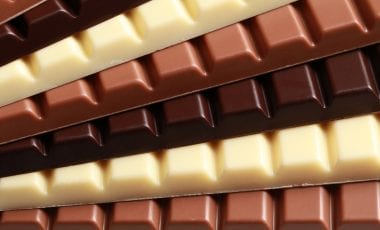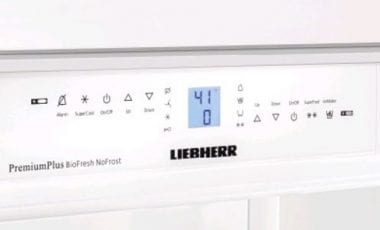Depending on who you ask there are three answers to the question whether you should put hot food into the refrigerator: “Yes”, “no”, and “yes, but…”
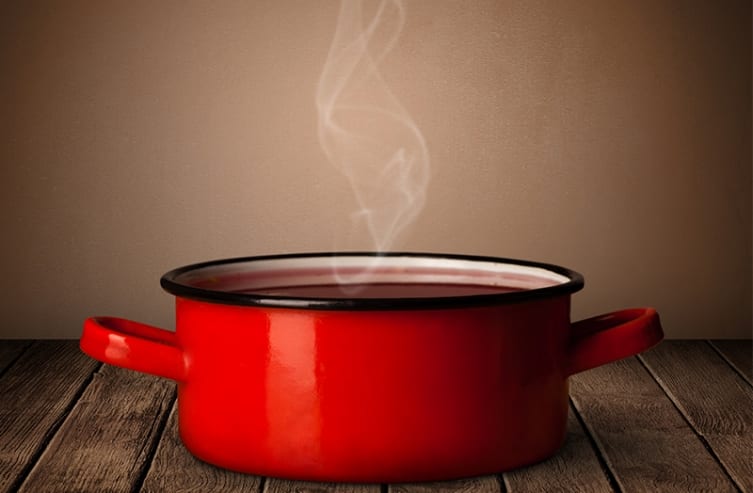
Different Places, Different Approaches To Storing Food
Opinions in the US and Europe vary widely when it comes to putting hot food in the refrigerator. In the US the emphasis is on this quick development of bacteria that may infest and spoil the food. In Europe, where electricity is generally more expensive than in the US, the fact that energy consumption rises when hot food items are placed into the refrigerator has people letting their food cool down first.
Warm Food: The Facts
Both approaches are based in fact and there are justifications for both. They aren’t even really incompatible. Let’s remember the refrigerator was invented for this specific reason: To keep food cold so that it can be stored longer.
Your refrigerator must work much harder in order to maintain or restore the “cold” level inside when a particularly hot item is placed in it. The warmer or hotter the food is and the larger the amount, the longer the refrigerator needs to get back to the temperature is it originally set to. On the other hand, bacteria do develop quickly. The USDA calls the temperature range between 40°F and 140°F, under which average room temperature (between 64°F and 75°F) falls, the “Danger Zone”. Do not leave cooked foods in room temperature for more than 2 hours or 1 hour if the temperature is consistently above 90°F
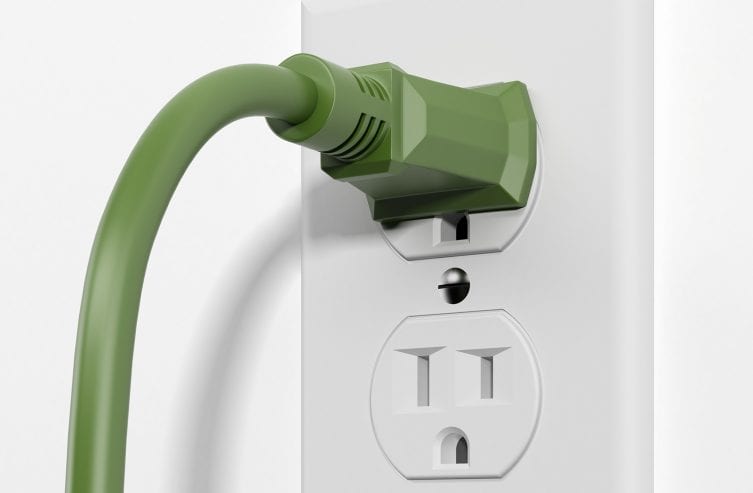
Hot food may slightly reheat food in its vicinity that is already refrigerated, reducing the storage time of these items. The steam coming from hot food also The steam of warm food will lead to condensation, which forms water droplets or even ice on the back of the refrigerator.
Putting Hot Food In The Fridge? Do this!
- Allow warm food to cool to room temperature
You are right: Germs develop fairly quickly when food is left outside, but you have some leeway. Bring your food inside to an air conditioned environment instead of leaving it outside if you live in a hot climate. Remember: You just have to wait until room temperature is reached. In most cases, unless you leave the items on the stove or in the oven, this should happen while you’re eating - If possible, put your warm food into several smaller containers instead of one big one to accelerate cooling
Refrigeration is about surface and volume: The smaller the portion, the faster the cool down
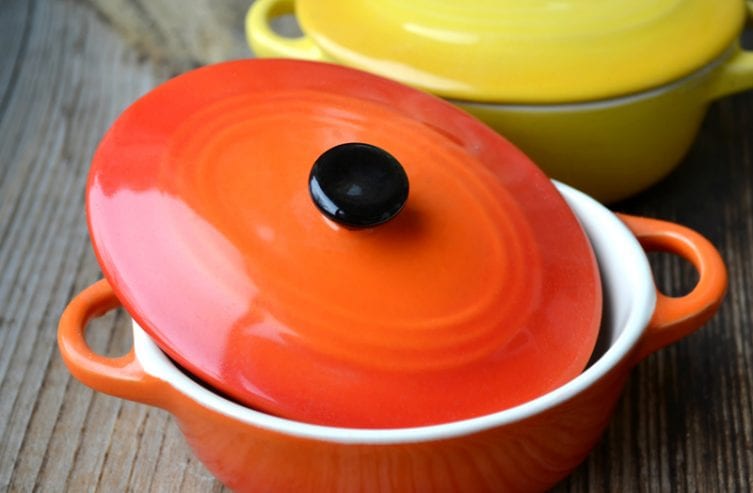
- If warm food is to be stored, seal the container with a lid.
This helps you avoid condensation and icing. - A cold water bath accelerates the cooling of warm food
Put the pot / lid / casserole dish into cold water – add some ice cubes. Don’t let the food get wet. - Refrigeration is correct and not too full, so that the air circulation is guaranteed and all food is optimally cooled
Your refrigerator’s manual contains suggestions where to store what in your refrigerator. Also avoid overloading. - Turn on SuperCool!
If your Liebherr fridge comes with SuperCool technology, turn it on BEFORE placing items into the fridge, for example shortly before you serve it. SuperCool temporarily lowers the temperature in the fridge to help cool down items faster (and keeping items already in the fridge colder). SuperCool switches off automatically after a set period of time, but keep in mind that a lower temperature in the fridge means the refrigerator will temporarily consume more energy.
